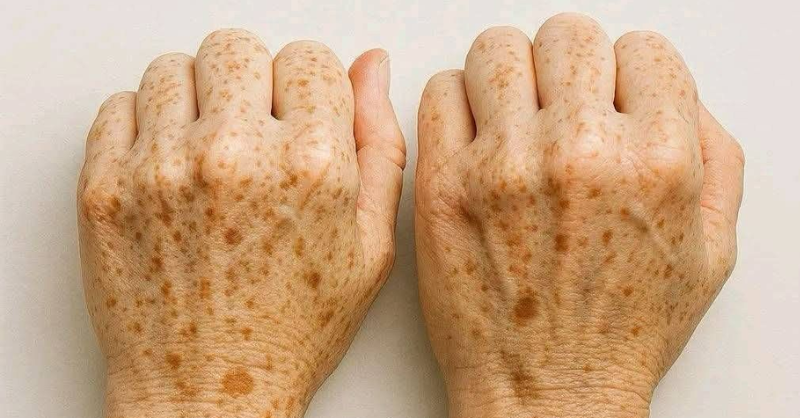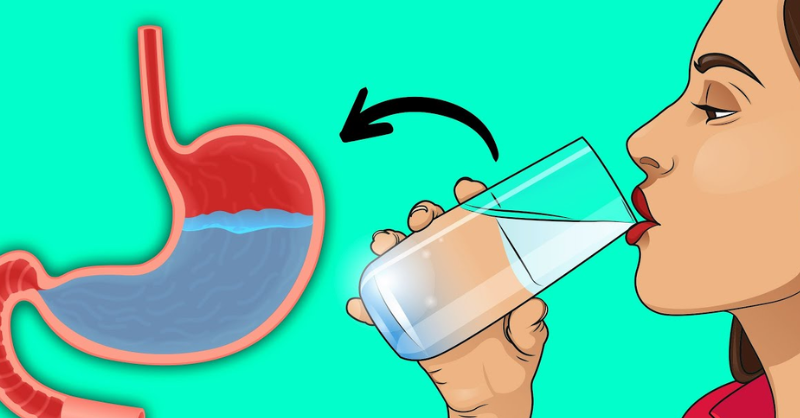
Damp walls are one of the most common and frustrating problems in any home. Not only can they spoil the appearance of your walls with stains, peeling paint, or mold, but they can also affect the respiratory health of those living in the house.
There are many reasons walls become damp: water leaks from outside, poor ventilation, capillary action from the ground, or even construction defects.
If you’ve tried special paints, sealants, or expensive commercial products without success, this simple homemade trick may surprise you. With just three ingredients, you can create a waterproof barrier that seals, protects, and shields your walls effectively.
What You Will Need
- An empty container (plastic or glass preferred)
- Thinner or paint diluent (synthetic turpentine works)
- Expanded polystyrene (recycled Styrofoam from packaging)
- A wide brush
- Gloves and a mask for safety
Why This Works

Expanded polystyrene is a plastic material with natural waterproof properties. When combined with thinner, it melts into a thick, viscous paste. When applied to a wall, it penetrates the pores of the plaster and forms a protective, sealing layer.
Benefits of this homemade sealant:
- Prevents moisture from penetrating from the outside
- Stops mold growth
- Creates a waterproof layer that lasts for years
- Costs much less than industrial products
Step-by-Step: Protect Your Wall Against Moisture
1. Prepare the Waterproof Mixture
- Place small pieces of Styrofoam in the empty container.
- Add thinner gradually. The Styrofoam will melt and form a thick, sticky paste.
- Stir until the mixture is smooth and uniform.
- Tip: Prepare only as much as you will use at one time, as it dries quickly.
2. Protect Yourself and Your Space
- Wear gloves and a mask while handling the mixture.
- Work in a well-ventilated area.
- Cover the floor with newspaper or plastic sheeting to prevent stains.
3. Apply the Mixture to the Wall

- Use a wide brush to spread the paste on damp areas.
- Ensure you cover all cracks, nooks, and spots.
- For badly damaged walls, apply a second coat after 2 hours.
- Tip: There is no need to scrape off peeling paint. Apply the mixture directly over it.
4. Allow It to Dry Completely
- Let the layer dry for at least 24 hours.
- The wall will have a slightly shiny, plastic-like texture.
- Test by pouring a small amount of water; it should slide off.
Aftercare
Once dry, this layer acts as a waterproof base. You can paint over it if desired or leave it as-is for inconspicuous areas such as laundry rooms or basements. In either case, you should notice that moisture disappears and does not return.
Additional Tips to Prevent Humidity
- Ventilate rooms daily, especially bathrooms and kitchens.
- Check gutters and pipes for leaks.
- For ground-floor homes, consider installing an external waterproofing membrane.
- Use a dehumidifier in very humid climates.




